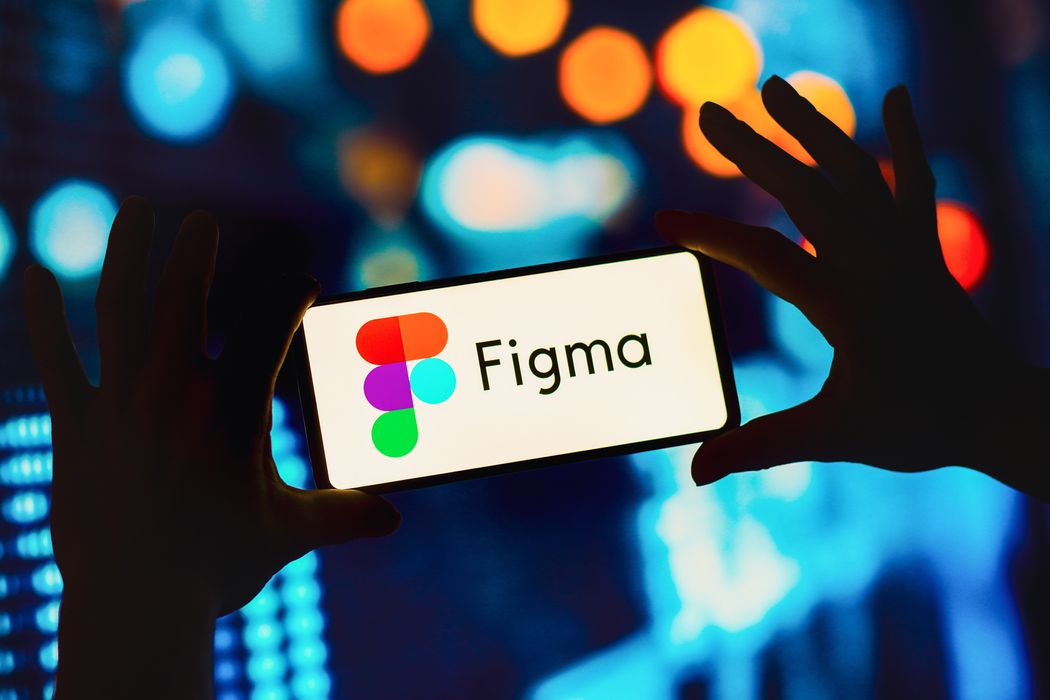Introduction to Figma (for beginners guide)

Figma is a process of design and prototyping tool that revolutionizes collaboration in UI/UX designs. It offers a browser-based platform for creating vector-based designs, allowing designers to customize icons, illustrations, and UI components. Figma's real-time collaboration features enable multiple designers to work simultaneously on the same design file, making instant changes and leaving comments. It supports design system management, facilitating the creation and maintenance of design libraries and style guides. With prototyping capabilities, designers can create interactive prototypes with animations and transitions. Figma's user-friendly interface, powerful collaboration tools, and versatility make it a popular choice for efficient and seamless design workflows.
Figma is a cloud-based design and prototyping tool that allows designers and teams to collaborate on creating user interfaces (UIs) and user experiences (UX) for websites, mobile applications, and other digital products. It was developed by Figma Inc. and was first released in 2016.
Figma stands out among other design tools due to its browser-based nature, which enables real-time collaboration and seamless sharing of design files. Users can access Figma through their web browser, making it platform-independent and eliminating the need for software installations or compatibility issues. This makes it incredibly convenient for designers working remotely or across different operating systems.
With Figma, designers can create and customize vector-based designs, including icons, illustrations, and UI components. It offers a wide range of design tools and features, such as frames, shapes, text, images, and interactive elements, allowing designers to bring their ideas to life. Figma also supports design system management, enabling the creation and maintenance of design libraries and style guides for consistent and efficient design workflows.
One of Figma's most powerful features is its collaboration capabilities. Multiple designers can work simultaneously on the same design file, making real-time changes and leaving comments for others to review. This collaborative approach streamlines the design process and fosters effective teamwork, even when team members are geographically dispersed.
Furthermore, Figma supports prototyping, allowing designers to create interactive prototypes with animations, transitions, and hotspots. This feature enables designers to simulate user flows and interactions, providing a realistic experience of the final product before it goes into development.
Figma has gained popularity among designers and design teams of all sizes, from individual freelancers to large organizations. Its user-friendly interface, powerful collaboration tools, and versatility have made it a preferred choice for UI/UX design across various industries.
Overall, Figma offers a comprehensive platform for designing, prototyping, and collaborating on digital products, making it a valuable tool for designers seeking efficiency, flexibility, and seamless teamwork in their design process.







